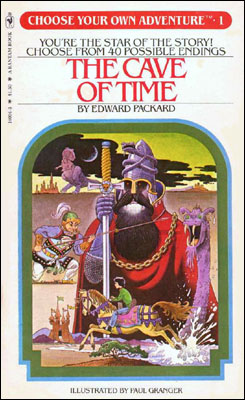For those of you who get nervous reading a title such as
this, I can assure you that this post will not be a sentimental, cheesy, or
vomit-worthy piece of rhetoric: if you are interested in reading something of
that sort, feel free to ask Angie about her fifth grade love letters. This is a
blog for a professional organization, after all, and as such I will not
splatter my own slushy blubbering all over its front page.
 |
| This is not me. |
Many people believe that CETL stands for Center of
Excellence in Teaching and Learning. They would be only partially correct.
There is a lesser known interpretation that still floats around among a select
group of people who have taken way too much time in thinking up an alternative form
of the acronym (me). That interpretation
goes something like this: Caring Entities Teach Life. The “entities” in
question are the familiar faces featured below:
The featured faces belong to (from left to right) Angie Stombaugh, Andy Hanson, Cindy Albert, Avonlea Hanson, and April Pierson. While Kelly and I are in the picture, we are not the the Caring Entities I am referring to at this moment (Kelly is actually a rather monstrous person for those who were wondering).
For anyone who is familiar with this blog, you are probably
aware that I have a strong propensity to make some pretty outrageous claims,
segues, and analogies. The majority of my posts could at the very best be considered
“whimsical” and at the very worst “borderline unprofessional.” I have not
historically been the type of writer who thrives in the realm of seriousness:
as such, I will be breaking from tradition momentarily to unpack the lesser
known CETL acronym in a manner that could almost be considered sincere.
I really owe a lot to these individuals. You certainly could
not find a more caring, passionate, or easy-going group out there. Beyond the
help that they have provided countless of faculty members with this past year,
they have also taken some time to directly teach this student a few life
lessons along the way. While the list could go on for quite some time, I will
limit it to one for each person, as attention spans could probably not handle
any more and I’ve got quite a few papers left to write this finals week.
Cindy Albert:
Cindy taught me what it means to be a balanced supervisor. She conveys just the
right mix of expectation and leniency in order to keep people like me motivated
without feeling strangled. If I ever take on a supervisor role in the future, I
will be borrowing a lot of techniques from her.
Angie Stombaugh:
Angie taught me not to get in a van without windows. Thanks, Angie. J In all seriousness,
anyone who knows Angie knows she has a fiery sense of humor. No matter where I end
up working, I can only hope I keep people laughing half as well as she did.
April Pierson:
April has an extremely low-key demeanor about her. Unless you get her near a
stack of crooked books. I didn’t get a chance to know April as much as everyone
else—she’s in high demand around these parts—but I always admired the calming
presence she would bring whenever she came in. While they say you cannot teach “cool,”
I’d like to think I learned a thing or two about being “cool” simply by being
around April every now and then.
Avonlea Hanson: Avonlea
is one of the nicest people I’ve ever met: thank goodness she married that old
crab Andy in order to balance him out a little bit. I learned from Avonlea that
a simple smile, friendly hello, and a twinge of a Minnesotan accent can really
make a person feel happy to come into the office.
Andy Hanson: Most
of you reading probably know Andy, the proverbial face of CETL. Andy is a gem
among gems; a diamond in the rough; and many other jewel-based metaphors. Andy
has been working diligently on a Master’s degree in history for the time I have
been here: I am enormously proud to say that we will be graduating together, as
Bachelor and Master. If one ever needs a lesson in persistence and consistency,
Andy positively embodies both.
Kelly Hughes: *sigh*
I guess I’ll include Kelly. I have had this fake animosity towards her that
heralds back from the times in which we would fight for our supervisors’
affections (I may have been the only one fighting now that I reflect on it). I
learned from Kelly that not everyone is phased by my tough rhetoric; in
addition, I learned that even my “affection competitor” could become an
extremely loyal friend.
I’ve worked for CETL for about a year now. As a young
professional, that seems like a rather long time. In the grand scheme of
things, I will most certainly be occupying jobs that will last for a lot
longer, but I doubt many more will have as big of an impact that CETL has had
on such a crucial time of my life. It has been a distinct privilege to have
worked here, and I will sorely miss it. Fortunately for you, dear reader, you
do not have to say goodbye to me just yet: while this is my last post, you all
have another summer of hearing my disembodied voice (I worked ahead) so try to
enjoy it while it lasts. J
An enormous thank you to Cindy, Angie, April, Andy, Avonlea,
and Kelly: I believe I speak for everyone who has ever posted, read, or
subscribed to this blog when I say you all do amazing things.
Jon Pumper


